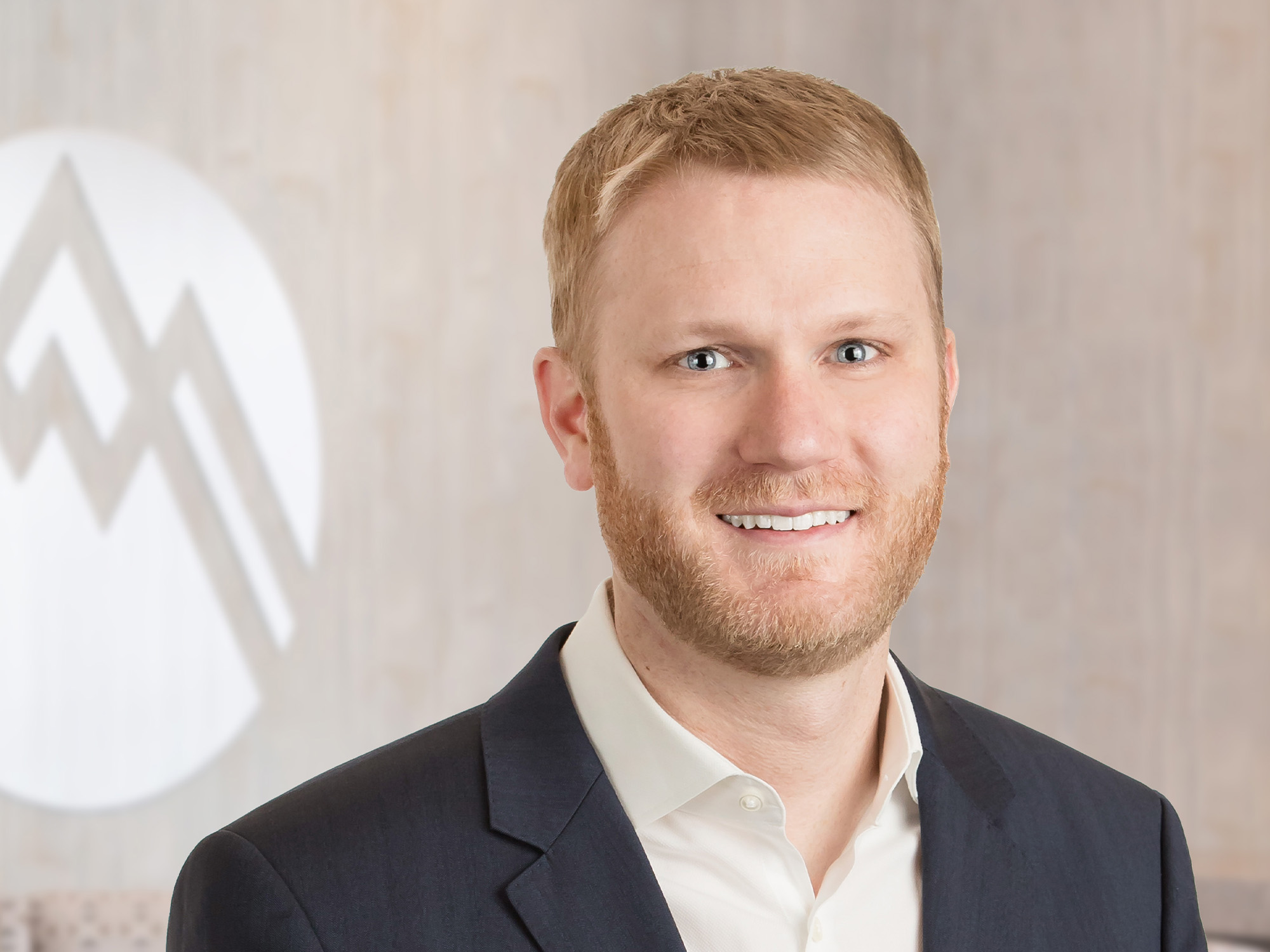Although concussion awareness has grown over the last few years, we are still learning about how to best evaluate concussion damage. Dr. Skendzel explains what we know and what we hope to learn about managing concussion risks.
In March of 2016, the University of Minnesota announced a collaboration to conduct the nation’s largest single-center study of concussion injury. Simultaneously, a Journal of the American Medical Association (JAMA) study found that post-concussion syndrome continues for more than a month in a third of children suffering concussions. Dr. Jack Skendzel offers advice about post-concussion syndrome and identifies the goals of ongoing research.
“Concussions are a hot topic, and parents are understandably concerned,” says Dr. Skendzel. “We are learning that even mild concussions sometimes cause debilitating injuries and may lead to serious complications in the future. The JAMA study reports that 630,000 children are treated in emergency rooms for concussion every year. Most recover within seven to ten days, but one-third develop post-concussion syndrome—this means that they continue to experience symptoms for more than a month following their injury. Presently, we don’t have enough information to predict which children will experience post-concussion syndrome, but the JAMA study did identify seven symptoms to watch for.”
These symptoms and previous conditions are most predictive of post-concussion syndrome. The injury-related symptoms usually develop within 48 hours of the concussion injury.
- Headache complaints.
- Feelings of fatigue.
- Sensitivity to noise.
- The tendency to answer questions slowly.
- Difficulty standing with one foot directly in front of the other while eyes are closed.
- A history of migraines.
- A previous concussion with symptoms that lasted longer than one week.
“For parents who are monitoring children with concussions, it’s important to know that age is a risk factor in and of itself,” Dr. Skendzel points out. “The combination of a child’s age and the number of predictive symptoms they experience should be considered together.”
The risk of post-concussion syndrome is higher for children in the following categories:
- Children age 5 to 7 years experiencing at least 6 predictive symptoms.
- Children age 8 to 12 experiencing at least 5 predictive symptoms.
- Children age 13 or older experiencing at least 4 predictive symptoms.
“We need more research to develop accurate medical predictive standards, but concerned parents can use this preliminary information to monitor their child’s recovery following a concussion,” says Dr. Skendzel. “If a child has the symptoms that signal risk for their age group, it might be wise to err on the side of caution and make sure that these symptoms are resolved before the child goes back to sports.
“Here at Summit Orthopedics,” he continues, “we will be following the national study just launched by the University of Minnesota, Hennepin County Medical Center, and Abbott Diagnostic Labs. Researchers will screen and evaluate 1,000 study participants with brain injury to identify effective diagnostic tools. We hope that this research will provide better medical standards for classifying and treating concussion injuries.”
Summit Orthopedics offers comprehensive sports medicine expertise
From Olympians to pro athletes to kids in youth sports and those that just want to be more active—Summit Orthopedics delivers expert care by fellowship-trained sports medicine physicians. If you are recently injured or concerned about ongoing pain, Summit Orthopedics sports medicine specialists have the expertise to evaluate your discomfort and develop a plan to quickly and safely help you get back to being active.
Start your journey to stronger, healthier athletic condition. Find your sports medicine expert, request an appointment online, or call us at (651) 968–5201 to schedule a sports medicine consultation.
Summit has convenient locations across the Minneapolis-St. Paul metro area, serving Minnesota and western Wisconsin. We have state-of-the-art centers for comprehensive orthopedic care in Eagan, MN, Vadnais Heights, MN, Plymouth, MN, and Woodbury, MN, as well as several additional community clinics.
More resources for you
- Ask Dr. Skendzel: What Level Of Activity Is Safe After Concussion?
- High School Football Injury Prevention

